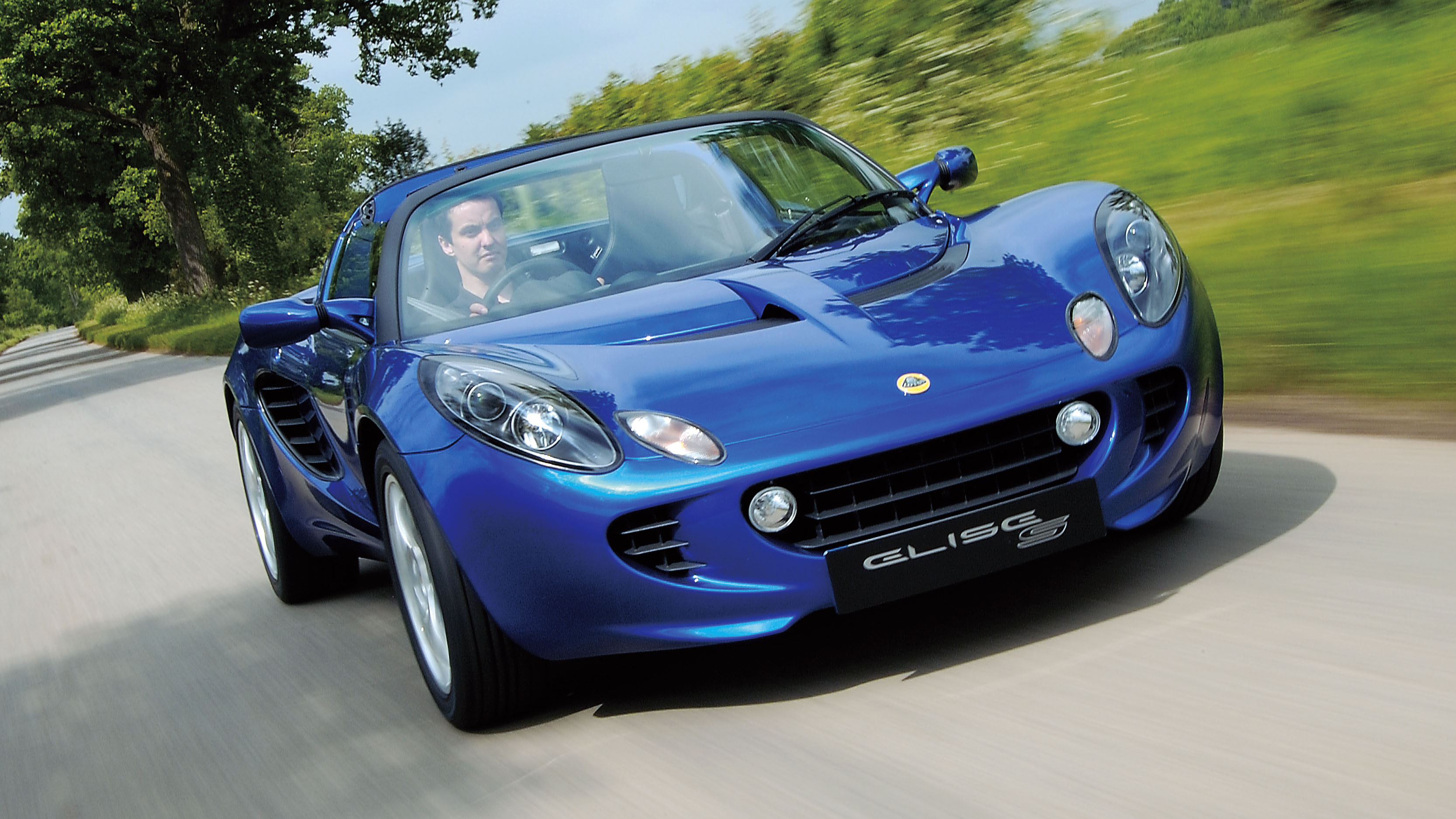
WHAT’S THE MOST LOTUS CAR IN THE BACK CATALOGUE?
On sale for a whopping 25 years over three iterations, the Elise remained a benchmark drive all the way through its life, an analogue stalwart in a digital world. To drive it was to not care about such fripperies as comfort or somewhere to put things. This was a seminal experience, a riposte to all those of every period who say that things are not as good as they used to be.
The Elise got its name from Elisa Artioli, the granddaughter of then chairman Romano Artioli. He was an Italian entrepreneur with the deep pockets that Lotus needed, saving both the British firm and a flailing Bugatti in the early Nineties before other companies (Proton and Volkswagen respectively) showed up to sort things out.
But this car probably wouldn’t have been made under the stewardship of previous owner General Motors – Artioli’s Lotus had a scrappy air. Design Julian Thomson went on to the Volkswagen Group and then helped come up with the modern era of Jaguars, before stepping down in 2021. Recently he revisited his Elise S1 design to help show off new tech from a start-up battery firm, like Joni Mitchell doing a dance remix of Both Sides Now.
The launch Elise’s tiny kerbweight of 725kg (Rolls-Royce makes heavier seats than that) meant that despite producing a mere 118bhp from its veteran 1.8-litre Rover K Series engine, it could still get itself to 60mph from a standstill in 5.8 seconds. The power wasn’t the main thing, but by the time of the Series 3 car the engine had been upgraded to a supercharged Toyota 4cyl, still with the same 1.8-litre displacement but producing 245bhp. The weight had crept past 900kg, but the car was still good for a 0–62mph time of 4.3secs. However, it had also got harder and fiercer and lost a little of the original’s fluent delicacy.
Back in 1996 the Elise cost the equivalent of £36k in today’s rapidly inflating cash – and there’s very little still on the market that it’s possible to have the same amount of fun in at any price, let alone so comparatively cheaply. Tragically for the Elise, it’s more relevant than ever – low impact, lightweight, low production. It had a purity and focus that becomes impossible as soon as you start flinging batteries and complexity at a sports car, but alas it had to make way for something bigger, more comfortable and without an exhaust pipe.
She’d been sitting inside the car when it was first unveiled at the Frankfurt Motor Show, so it was fitting that the final Elise off the production line in 2022 was delivered to the now 27-year-old Elisa Artioli, the car’s namesake. The gold Sport 240 Special Edition fits in nicely next to the silver S1 Elise that Artioli has been driving for the past eight years or so. She’s still young, but the car isn’t. Despite its age though, the Elise still casts a heavy shadow over Norfolk that it can’t escape even if it does move production to the middle of China.
The Elise is Lotus’ benchmark, and it may never be beaten.
2023-12-19T05:05:04Z dg43tfdfdgfd